Description

A magnificent array from Robert Gergulics of The 3 Foragers.
Genus: Boletus
Species: huronensis
Common Name: False King Bolete
Tells: Exceptionally dense. Found in hemlock. Pale yellow pores slowly bruise green-blue, resolving toward brown. Often has a “tide mark” on the stem. Netting is rare. Often tastes sweet.
Other Information: Sometimes has a disagreeable garlic or skunky odor. Likes hemlock (B. edulis typically prefers Norway spruce). May have an unusual lack of bug holes. The “tide mark” can usually, but not always, be seen in the context of the stem as well.
|
|
|
|
|
|
|
|
|
|
|
|
More Notes: This is the only mushroom in North America that can have non-bluing yellow pores and also be a sick-maker. If you think you’re looking at a possible huronensis, you should definitely check out this article by mycologist Bill Bataikis in addition to your books. It contains descriptions of the mushroom from various sources, along with a number of useful photos. One particular point that may be useful is this account credited to Grund and Harrison, Nova Scotian Boletes (1976) at pp. 112-114:
“We have tested the edibility of this species, and report that it has an excellent flavor and no unpleasant after-effects [contrary to the experience of certain others!]. It is usually free of maggots while B. edulis found at the same time is often riddled with them, which adds to its desirability as an esculent [in other words “as an edible” – use of an obscure word proves they’re genuine scientists and not pretenders].”
This first hand account of a poisoning blamed on huronensis also described the mushroom as “worm free.” So if you’re in an area where the B. edulis are typically infested with bug holes, the lack of larval tunnels may be a clue that you’ve now got a huronensis instead. Double check to see if the flesh has a yellower-than-usual shade, look for any hint of bluing in that flesh, and double-check the pores for any bluing too. And just in case you think this might be excessive, Click here for a first hand account of a poisoning that’s blamed on this particular mushroom. Not at all fun.
2018 DNA Update: A very well confirmed find (Mushroom Observer #331948) was submitted for multigene DNA testing in late 2018, and the results answer a lot of questions. They show that huronensis is not even close to being a true Boletus, but actually does have a single close relative: the toxic Japanese bolete Neoboletus venenatus. Someone needs to write a paper…
Edibility: Avoid. Though listed in many old books as edible, huronensis has been blamed for some notorious, multi-day, projectile food poisonings in the mushrooming community.
CHEMICAL TESTS:
- NH4OH (Ammonia): Cap surface flashes green and then turns orange. Cap flesh turns pale gray.
- KOH: Cap surface flashes green and then turns pale orange. Cap flesh turns orange.
- FeSO4 (Iron Salts): Cap surface flashes green and then turns bluish olive-gray. Cap flesh turns bluish olive-gray.
Links:
 |
0 |  |
0 |  |
119 |  |
110 |

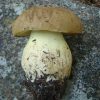
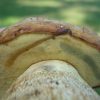
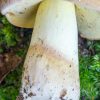
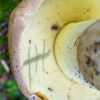
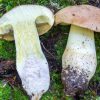
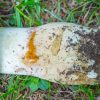
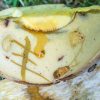
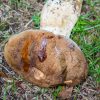
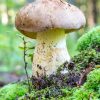
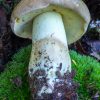
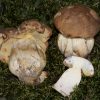
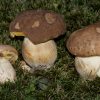
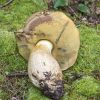
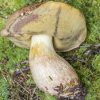
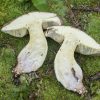
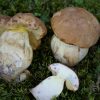
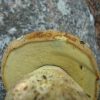
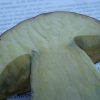
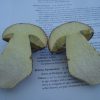
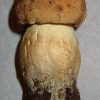
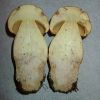
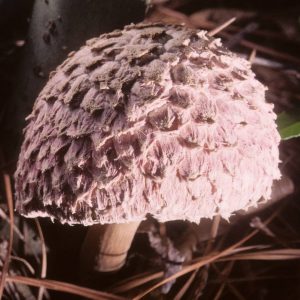
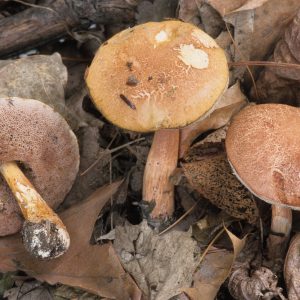
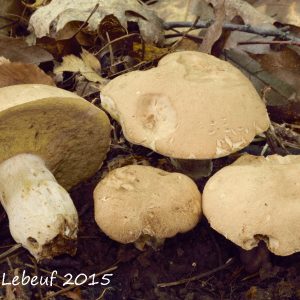
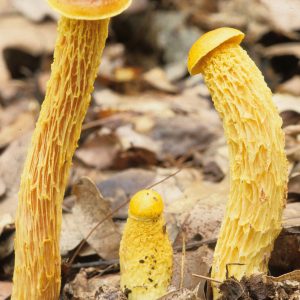
Got something to discuss?